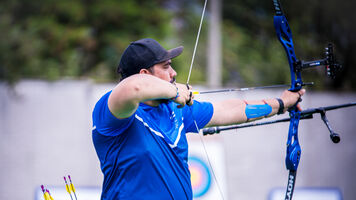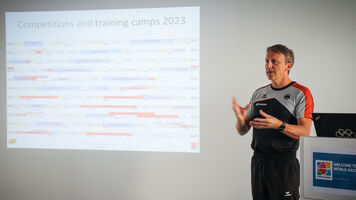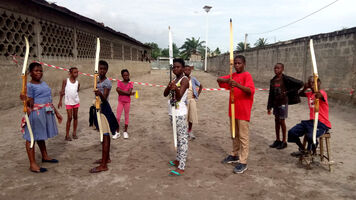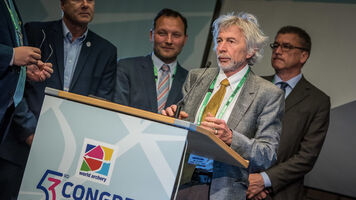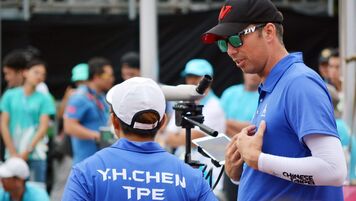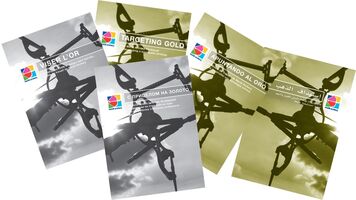Governance survey benchmarks federation governance
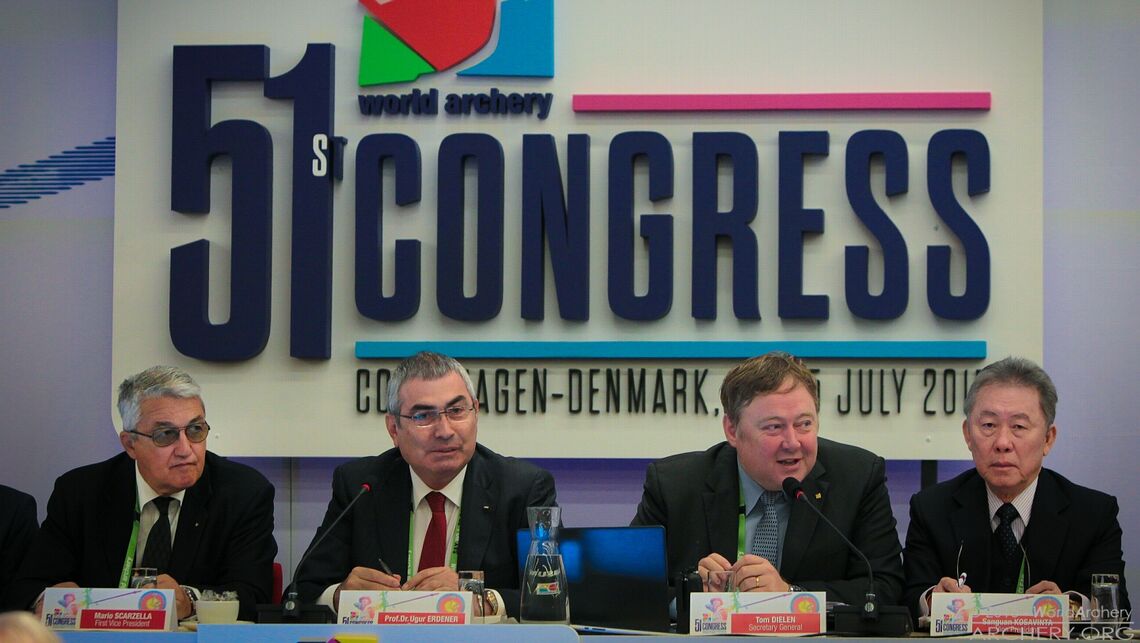
At the 2015 World Archery Congress held in Copenhagen, World Archery’s voting associations passed a motion to strengthen the international federation’s requirements for member activity. The aim was to ensure each and every member association committed to improving its administration, organisation and governance practices.
“It’s our responsibility not just to enforce activity but to assist federations in improving their own management,” explained World Archery good governance committee member Siret Luik. “Before we can help, we need to know the state of federations around the world.”
A survey was distributed among all 160-plus member associations at the start of Summer 2017 and, to date, 69% have completed it. Full results of the questionnaire are due to be presented at Congress 2017, which is being held in October in Mexico City, but the initial results have highlighted some key trends.
1. Approximately 40% of archery’s national federations have a paid CEO or secretary general; half have a paid head coach, and 60% have office space, either owned or rented.
2. There is large variation between the numbers of active archers in each country, partly due to variations in the definition of a member archer. Some federations count only national team members, some competition license holders and others count every registered person.
3. National target archery championships are regularly hosted by 95% of federations. The other 5%, who host infrequently, will be required to increase the regularity according to World Archery rules.
4. Just over 12% of respondents identified needing to do work in updating, modernising or making available their constitution, something that should be easily rectified.
5. Over four-fifths said that they rate archery development in their nation as slightly or significantly better over the last four years.
Federations who have not yet completed the good governance survey – which is available in English, French, Spanish, Russian and Arabic – are encouraged to do so as soon as possible, ahead of Congress 2017, where analysis and recommendations will be made available.


